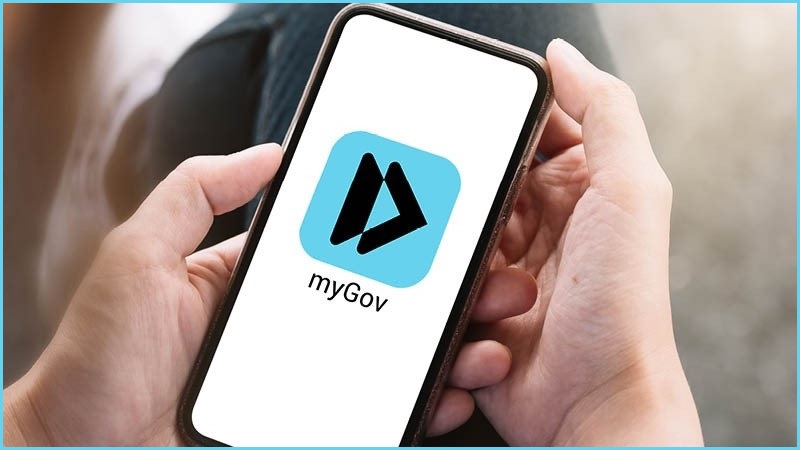MyGov will be modernised with passwordless logins and a new Digital Inclusion Standard, the federal government has announced in responding to a scathing audit that warned current legislation “impedes service delivery” through the underfunded platform.
The government’s response to the myGov user audit – an election promise that began in September 2022 as a “myGov revolution” and handed down its findings in January with a recommendation that the government respond by 1 July – envisions myGov as “a primary front door” for the service’s 26 million users to access services across the government.
A new decision-making framework will help agencies position their digital services under the auspices of myGov – a move intended to reduce duplication, consolidate the existing digital ecosystem, identify opportunities to reuse existing systems, and prevent the “proliferation of new front doors” to digital government services.
Users of myGov – which has 3.3 million app users and is accessed more than 782,000 times per day – will be able to access it using Passkeys, an industry standard replacement for conventional user ID and password logins that allows users to authenticate themselves using their device’s fingerprint scanner, facial recognition tool, or a PIN.
Passkeys – which have been backed by Apple, Google, and Microsoft and hit the mainstream with Apple’s September 2022 iPhone launch – leverage the FIDO2 industry standard to create one-time credentials that are securely stored on a user’s device, and can be subsequently used to automatically access online services without prompting.
Their direct bonding to specific online services prevents users from being tricked with phishing scams, providing a degree of certainty that will make myGov trustworthy enough that – along with government Digital ID services being revamped in a significant acceleration of Australia’s national digital identity system – it will enable users to lodge legally binding statutory declarations through the platform.
The audit “identified myGov’s role as critical national infrastructure but also identified the challenges holding myGov back from reaching its full potential,” Minister for the NDIS and Government Services Bill Shorten said in launching the response – which, he said, “is part of setting a clear pathway to achieve that ecosystem in lockstep with the Data and Digital Government Strategy and Digital ID work.”
As well as helping users access its services more securely, the government will shape the design and development of the new Digital Inclusion Standard (DIS) through “a greater emphasis on consultation” with citizens, peak bodies, advocacy groups, and front-line service delivery staff.
The goal, it explained, is “to ensure services are designed and delivered to leave no one behind” – empowering specific communities including Indigenous, those living with or caring for someone with a disability, and culturally and linguistically diverse (CALD) Australians.
Despite adopting most of the audit’s recommendations, the government pushed back on suggestions myGov to be legislated as national service delivery infrastructure; instead, the government promised “further discovery work to inform decisions and actions” to improve current legislation that “impedes service delivery, particularly around data and personal information.”
Keeping up with citizens’ expectations
Publication of the government’s response comes two months after Shorten’s office finalised it, and nearly six months after the 1 July deadline recommended in the original audit report – suggesting the government is keenly aware that myGov was falling short of citizens’ maturing expectations.
Those expectations have grown rapidly, with a recent Publicis Sapient survey finding that 56 per cent of 5,066 surveyed respondents had used the service, 89 per cent were satisfied with it, and 85 per cent were comfortable with using the myGovID digital identity service.
Yet with more than a quarter wanting e-government solutions to expand to enable services such as digital voting, mental health services, and digital driver’s licenses, the government faces pressure to improve a platform on which 30 per cent of users expressed concern about the privacy implications of a centralised platform.
“Improved personalisation, user friendliness and accessibility are encouraging more Australians to embrace a digital future,” Publicis Sapient federal government lead for Australia Mark Williams said, presaging many of the changes now outlined in the government’s response.
“Embedding greater customer-centricity will be essential to scale digitalisation across all demographics, especially among minority groups and vulnerable populations.”
E-government expansion will boost global usage of digital identity documents to 6.5 billion users by 2026, Juniper Research has predicted, up from 4.2 billion last year – growth that, researcher Damla Sat said, reflects the technology’s role as a “prerequisite for many digital initiatives within eGovernment” that would drive “significant digital enablement over the next five years… [but] they need to be backed by robust processes.”
With the launch of a national Digital ID mooted for next year, the government has invested $10.8m to improve myGov’s security and capabilities, as part of the $134.5m committed to operating and maintaining the platform in the 2023-24 Budget.
And while the response doesn’t name a dollar figure for 2024-25, it said myGov will be funded “as national infrastructure” with “appropriate allocations to… ensure it remains secure and contemporary.”










